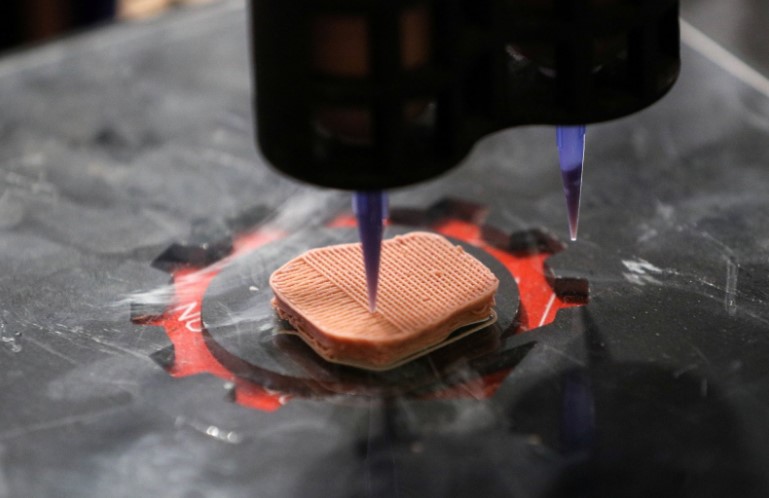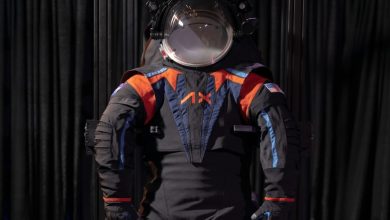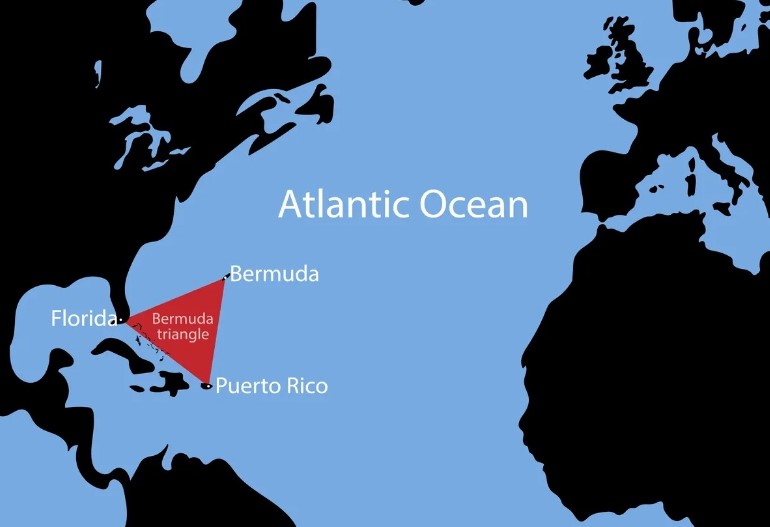Cultured meat: New 3D printing ink makes it cheaper

Cultured meat: New 3D printing ink makes it cheaper.
The goal is to reduce production costs and make it a sustainable option thanks to printing with vegetable-based edible inks.
Cultured meat (meat produced from stem cells in the laboratory) is a promising and more environmentally friendly alternative to meat produced by traditional farms. However, production costs are still high and need to be reduced before it can become widely available. Now, researchers in Singapore and China have found a way to make it a viable option for feeding the world’s population.
To produce cultured meat, animal muscle stem cells are grown on support structures that improve the environment for the cells, allowing for the transport of nutrients and the generation of texture and structure. Without it, the meat is more likely to resemble mashed potatoes. It is possible to create these “scaffoldings” using an emerging 3D printing technology , inkless electrohydrodynamic printing (EHD). Because the scaffolds become part of the meat product, they must be edible, so they are typically made from animal products, such as gelatin and collagen , or synthetic materials, but are expensive to produce. Find edible inks Low cost to print is one of the major challenges in cultured meat production.
The cereals become ink
In a recent study published in Advanced Materials, researchers have developed a plant-based edible ink derived from food waste, such as grain husks . The new ink can be completely absorbed by the meat product and is cheap to produce, so it could significantly reduce the cost of large-scale cultured meat production. Professor Jie Sun of Xi’an Jiaotong-Liverpool University, China, and lead author of the study, says: “We have optimized our plant-based ink for 3D printing technology, so we can print scaffolds and place stem cells in them. muscle. The cells can then grow with the scaffold structure and we use the beets to color grown meat to give it the appearance of conventional meat”.
Professor Sun and researchers from the National University of Singapore Suzhou Research Institute in China and the National University of Singapore mixed grain proteins extracted from barley or rye with corn protein – zein – to produce for first time pure inks based on cereal proteins. “This is an innovative and disruptive idea for the mass production of cultured meat. Using nutrients from food waste to print scaffolds not only utilizes and increases the value of food waste, but it also relieves the pressure on the environment from animal agriculture,” explains Sun. The researcher hopes that in the future, plant extracts could also be used to create the nutrient-rich substance in which meat cells grow.
“Currently, one of the main reasons for the high cost of cultured meat is the nutrient medium for muscle cells, which still comes from animal protein. In the future, if plant extracts can be found to supply the nutrients, it will further reduce the cost of cultured meat, making it more affordable,” concludes Sun.



